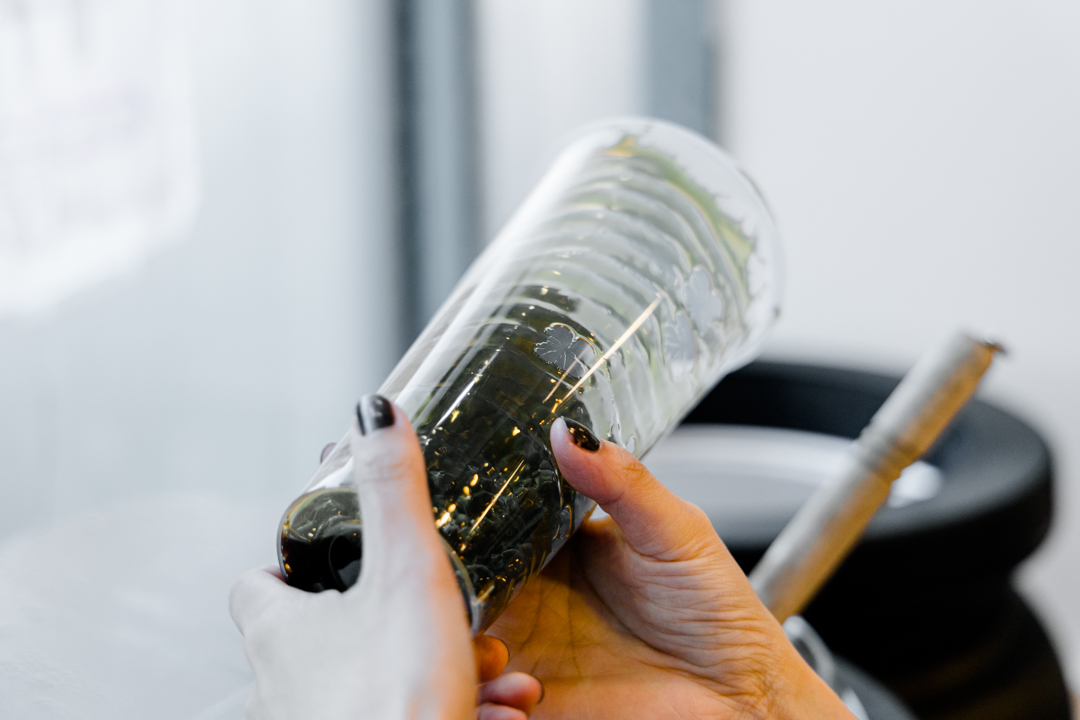Tapioca is a starch extracted from the cassava root, also known as yuca, in some regions. Cassava is a nutty-flavoured root vegetable used in multiple foods and recipes across the world.
Cassava root was originally grown and consumed in the tropical regions of South America and the West Indies. The cassava root trade began in Latin America in the late 18th century and eventually extended to other regions of the world, including Africa and Asia.
Since then, it has expanded to be cultivated in China, Taiwan, Thailand, Vietnam, the Philippines and India as a crucial crop that generates income for small and large farmers, manufacturers and traders.
As a matter of fact, cassava is cultivated by over 8 million farmers in Asia, establishing itself as one of the staple crops supporting various rural communities’ economies.
Farmers appreciate how easy the vegetable is to grow because it requires minimal nutrients and can be harvested quickly. It is also incredibly versatile and can be used as an ingredient in several different dishes, including cakes, soups and, of course, our personal preference – the tapioca pearls or tapioca balls in yummy bubble tea!
Ultimately, tapioca starch is extracted from cassava root to create tapioca flour or powder. Our unique recipes harness this thickening agent to serve as the primary component of our delicious, house-made boba pearls for our various bubble tea recipes.
Tapioca has recently seen a surge in popularity because it is a gluten-free food option that can be used as a thickening agent instead of other wheat-based filler alternatives, which can be dangerous for those who have Celiac disease or gluten intolerance.

